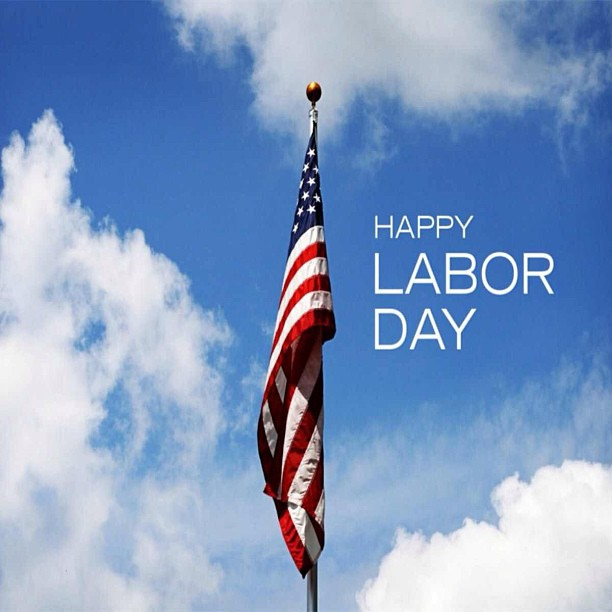
The HSHSL will be closed Saturday, September 2 – Monday, September 4 to celebrate the Labor Day weekend holiday. We will return to our regular Fall hours on Tuesday, September 5.

601 West Lombard Street
Baltimore MD 21201-1512
Reference: 410-706-7996
Circulation: 410-706-7928

The HSHSL will be closed Saturday, September 2 – Monday, September 4 to celebrate the Labor Day weekend holiday. We will return to our regular Fall hours on Tuesday, September 5.
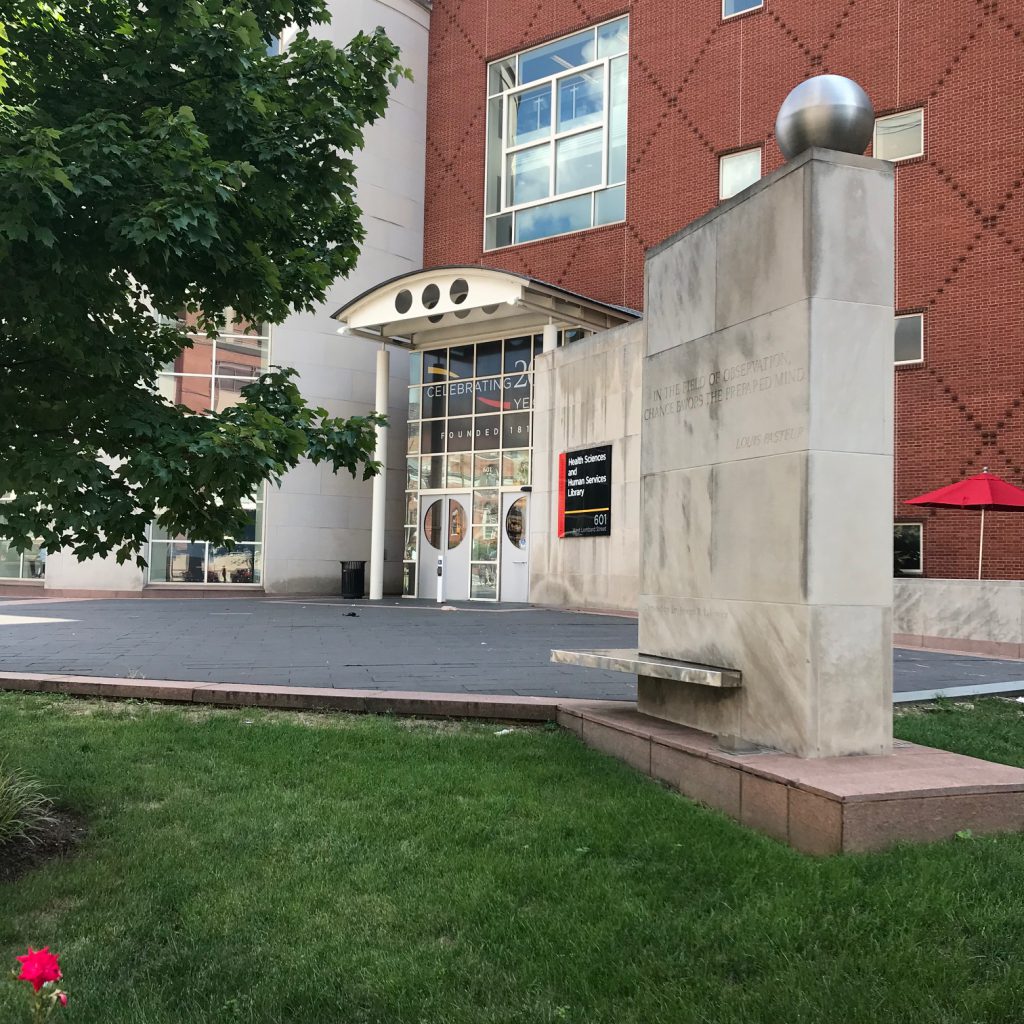
Between 6:00 a.m. – 8:00 a.m., Monday – Friday, UMB ID holders may enter the HSHSL through the Campus Center.
Library services and access to classrooms begin at 8:00 a.m.
| Monday – Friday | 6:00 a.m. – 8:00 p.m. |
| Saturday – Sunday | 8:00 a.m. – 8:00 p.m. |
Between 6:00 a.m. – 8:00 a.m., Monday – Friday, UMB ID holders may enter the HSHSL through the Campus Center.
Library services and access to classrooms begin at 8:00 a.m.
| Monday – Thursday | 6:00 a.m. – 11:00 p.m. |
| Friday | 6:00 a.m. – 8:00 p.m. |
| Saturday – Sunday | 8:00 a.m. – 8:00 p.m. |

| Labor Day Weekend | Saturday – Monday | September 2 – 4 | CLOSED |
| Thanksgiving Holiday | Thursday – Friday | November 23 – 24 | CLOSED |
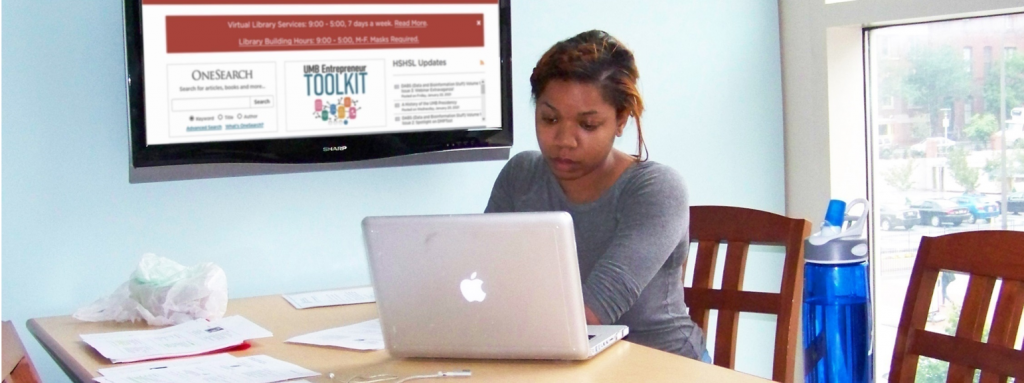
The HSHSL has 45 study rooms available for use on the 2nd – 5th floors. Some are first come, first served while others are available to reserve. Learn more here.

Have a question? Need guidance on where to find a journal article or which citation manager to use? The HSHSL’s Information Services desk is here to provide you fast and friendly reference help. Come by in person, email: hshsl@umaryland.edu, call: 410-706-7995, or chat!

Do you need an article or book that the HSHSL does not have access to? UMB faculty, staff and students can order interlibrary loans (ILL). The turn-around time is fast and the service is free for students.
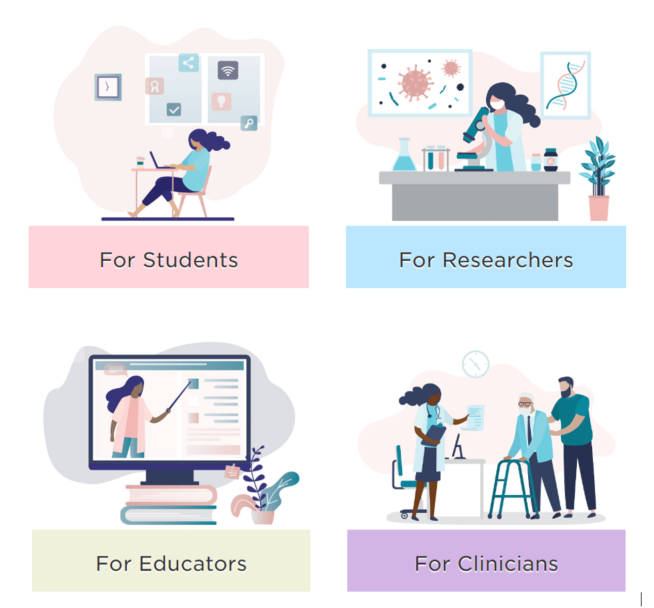
It is easy to connect with a faculty librarian who works directly with your school. The Research and Education Services (RES) portal helps students, researchers, educators, and clinicians learn about how their school’s librarian can collaborate with and support them.
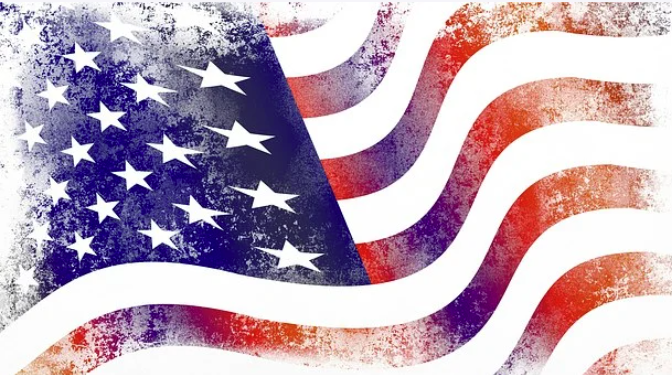
The HSHSL will be closed July 1 – July 4 for the 4th of July holiday.

Taking a break, a road trip, or even a staycation? Check out a book (or several!) from the HSHSL’s Kinnard Leisure Reading Collection to take along with you. The collection is located on the 1st floor of the library. Questions? 410-706-7995 or hshsl@umaryland.edu
Summer is a busy time for research activity, so the HSHSL is jumping in with a 5-day challenge designed to improve the reach of your scholarly work! Each day will involve a brief but meaningful activity, including:
If you complete any of the activities and fill out our evaluation survey at the end of the challenge, you will be entered to win some library swag!
Sign up to receive daily challenges from July 10-14, 2023.